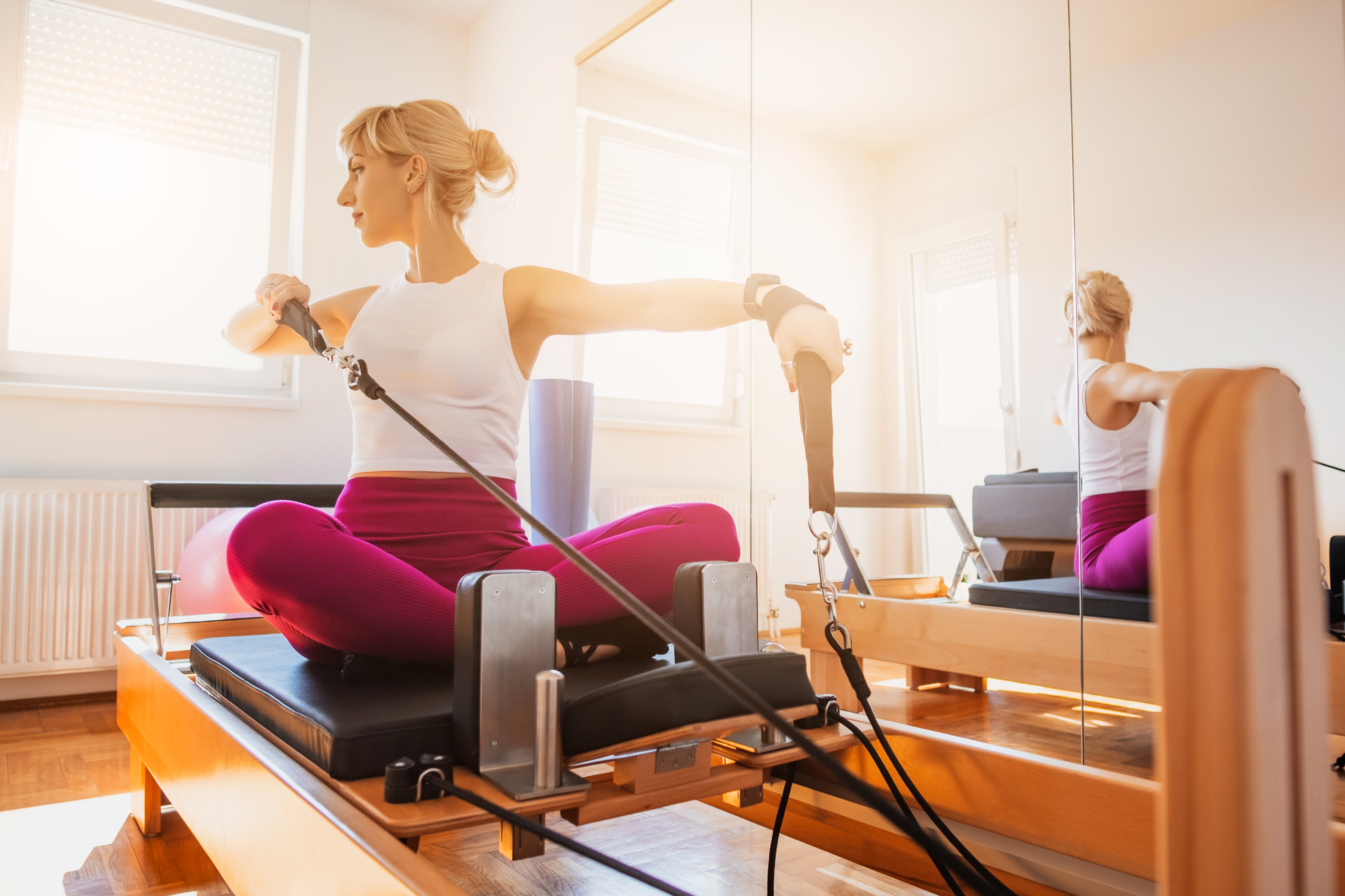Low-Impact Exercises That Fight Inflammation to Keep You Moving
5. Pilates: Core Strength and Stability

Pilates is a form of exercise that focuses on strengthening the core muscles, improving posture, and enhancing flexibility. Its emphasis on controlled movements and breathing makes it an effective anti-inflammatory exercise. Pilates helps to improve circulation, promote lymphatic drainage, and reduce muscle tension, all of which can contribute to lowering inflammation. The practice also enhances body awareness and alignment, which can alleviate stress and prevent injury. By incorporating Pilates into their routine, individuals can build a strong foundation for movement, leading to improved physical health and reduced inflammation.
6. Stretching: The Gentle Release of Tension

Stretching is a simple yet powerful way to reduce muscle tension and improve flexibility. Regular stretching can help increase blood flow to the muscles, promote relaxation, and reduce stress—all of which can lower inflammation. Stretching also enhances joint mobility and can prevent stiffness, making it an ideal exercise for individuals with inflammatory conditions. By incorporating stretching into their daily routine, individuals can enjoy a gentle release of tension and a greater sense of well-being. Whether performed as part of a warm-up or cool-down, stretching offers a soothing and effective way to support overall health.
